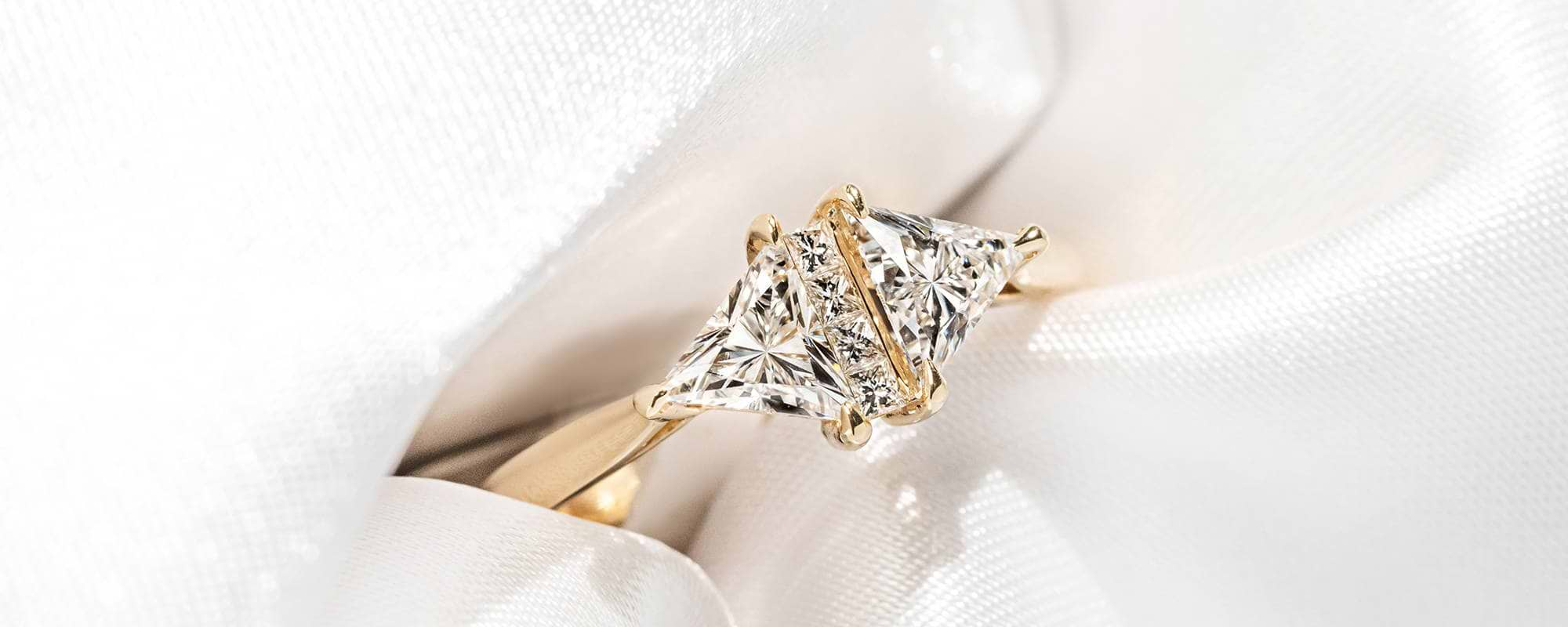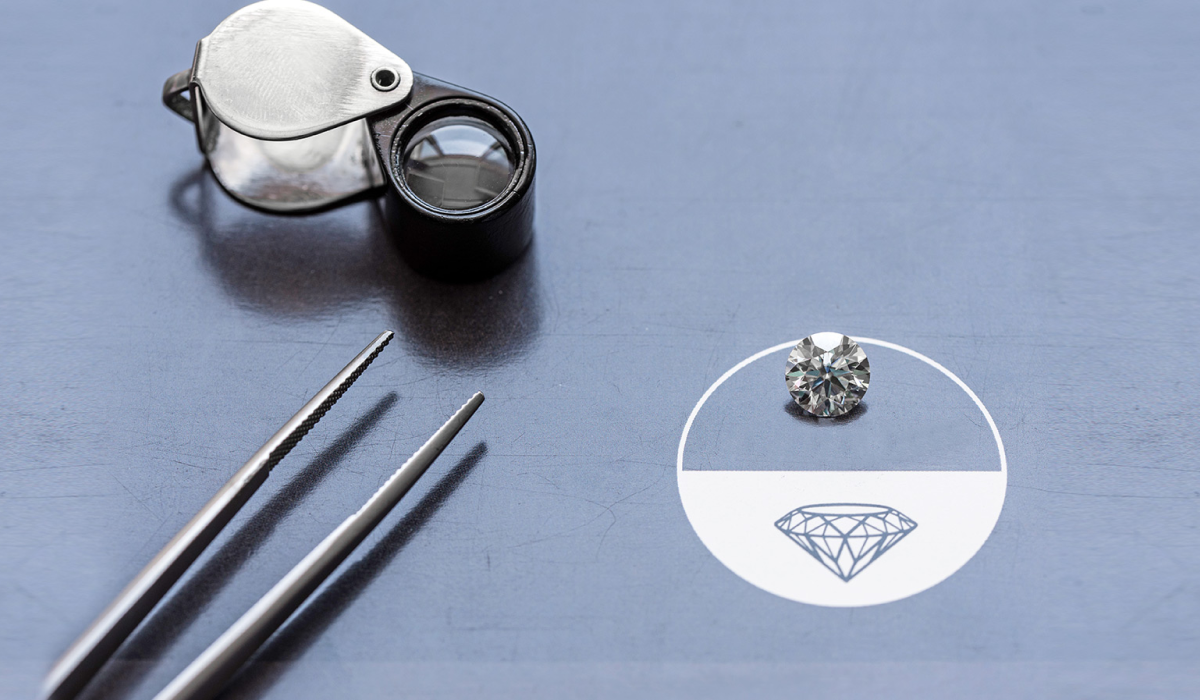Window tint percentages have become increasingly popular among car and homeowners alike. Tinted windows offer numerous benefits, including privacy, UV protection, and improved energy efficiency. However, choosing the right tint percentage can be a daunting task, especially if you’re new to the world of window tinting. In this article, we’ll walk you through everything you need to know about tint percentages and how to choose the right shade for your windows.
Table of Contents
Introduction to Window Tint Percentages
Window tint percentages refer to the amount of light that passes through the tinted film and into your car or home. The percentage is determined by the darkness of the tint, with darker tints allowing less light to pass through. The most common tint percentages are 5%, 20%, 35%, and 50%.
Understanding the Different Tint Percentage Options
As mentioned earlier, the most common tint percentages are 5%, 20%, 35%, and 50%. It’s important to note that these percentages may vary depending on the brand and type of film you choose.
- 5% tint percentage: This is the darkest tint percentage available and commonly known as “limo tint”. It allows only 5% of the light to pass through, providing maximum privacy and reduced glare. However, it may not be street legal in some states and can make it difficult to see clearly while driving at night.
- 20% tint percentage: This is a popular choice for car owners and provides a moderate level of privacy while still allowing enough light to pass through. It’s also a great option for reducing glare and heat.
- 35% tint percentage: This percentage is commonly used for residential and commercial buildings. It provides a good balance between privacy and visibility while still blocking a significant amount of UV rays.
- 50% tint percentage: This is the lightest tint percentage available and allows the most amount of light to pass through. It’s a great option for homeowners who want to reduce glare and UV rays without sacrificing natural light.
Factors to Consider When Choosing the Right Tint Percentage
Choosing the right tint percentage can depend on several factors, including:
- Personal preference: This is perhaps the most important factor to consider when choosing a tint percentage. Do you prefer a darker or lighter tint? Do you prioritize privacy or visibility?
- Legal restrictions: It’s important to research the legal restrictions and regulations on tint percentages in your state. Some states have strict laws on how dark your tint can be, which may affect your decision.
- Climate: If you live in a hot climate, you may want to choose a darker tint percentage to reduce heat and glare. If you live in a colder climate, you may prefer a lighter tint to allow more natural light into your home.
- Type of vehicle or building: The type of vehicle or building you have can also affect your decision. A commercial building may require a lighter tint percentage to maintain visibility, while a car or residential building may benefit from a darker tint percentage for added privacy.
Legal Restrictions and Regulations on Tint Percentages
As mentioned earlier, it’s important to research the legal restrictions and regulations on tint percentages in your state before choosing a tint percentage. Most states have laws that regulate the amount of light that can pass through a car or building’s windows. These laws are in place for safety reasons, as darker tints can make it difficult to see clearly while driving at night.
For example, in California, the maximum tint percentage allowed for the front windshield is 70%, while the back and rear side windows can have a tint percentage of 70% or lower. In Texas, the front windshield must allow over 25% of light to pass through, while the back and rear side windows can have a tint percentage of 25% or lower.
Benefits of Choosing the Right Tint Percentage
Choosing the right tint percentage can offer numerous benefits, including:
- Privacy: Tinted windows provide added privacy, making it more difficult for outsiders to see inside your car or home.
- UV protection: Tinted windows can block up to 99% of harmful UV rays, protecting your skin and reducing the risk of skin cancer.
- Reduced glare: Tinted windows can reduce glare from the sun, making it easier to see while driving or working.
- Improved energy efficiency: Tinted windows can help regulate the temperature inside your car or home, reducing the need for air conditioning and saving energy.
How to Determine the Ideal Tint Percentage for Your Needs
Determining the ideal tint percentage for your needs can depend on several factors, as mentioned earlier. However, there are a few additional steps you can take to ensure you choose the right tint percentage:
- Research different tint percentages and their benefits: Take the time to research the different tint percentages available and their benefits to determine which one is right for you.
- Consult with a professional: If you’re unsure which tint percentage to choose, consider consulting with a professional window tinting service. They can help you determine the best tint percentage based on your needs and preferences.
- Test different tint percentages: Some window tinting services may offer samples of different tint percentages that you can test out before making a final decision.
Professional Window Tinting Services and Their Expertise in Tint Percentages
Professional window tinting services have the expertise and experience needed to help you choose the right tint percentage for your needs. They can also ensure that the tint is installed correctly, which is crucial for safety and longevity.
When choosing a window tinting service, be sure to research their experience and reviews to ensure they’re reputable and reliable. You may also want to ask for samples of their work to ensure they have experience working with the tint percentage you’re interested in.
Maintaining and Caring for Your Tinted Windows
Once you’ve chosen the right tint percentage and had it installed, it’s important to maintain and care for your tinted windows to ensure they last as long as possible. Here are a few tips:
- Avoid using abrasive cleaners or tools that can scratch the tinted film.
- Use a soft cloth and mild soap to clean the windows.
- Avoid rolling down the windows for at least 48 hours after installation to allow the tinted film to fully set.
- Avoid parking in direct sunlight, as this can cause the tinted film to fade or peel.
Common Misconceptions About Tint Percentages
There are several common misconceptions about tint percentages that are worth addressing:
- “Darker tint percentages provide better UV protection”: While darker tints may block more visible light, they don’t necessarily provide better UV protection. The level of UV protection is determined by the type of film, not the tint percentage.
- “Tint percentages are the same across all brands”: As mentioned earlier, tint percentages may vary depending on the brand and type of film you choose.
- “Tint percentages are only for aesthetics”: While tint percentages do offer aesthetic benefits, they also provide numerous functional benefits like UV protection and reduced glare.
Conclusion: Making an Informed Decision for Your Window Tint Percentage
Choosing the right tint percentage can be overwhelming, but taking the time to research and consider your options can ensure you make an informed decision. Remember to consider factors like personal preference, legal restrictions, and climate when choosing a tint percentage, and don’t hesitate to consult with a professional window tinting service for guidance. With the right tint percentage, you can enjoy added privacy, UV protection, and improved energy efficiency in your car or home.
Don’t forget to check out “choice” window film at halloffamedetail.com for high-quality window tinting options.









